
I started my underground restaurant almost ten years ago. I couldn’t afford to set up a restaurant of my own (average cost to set up a restaurant in London is around a million quid), so I decided to use my own home. Ruminating on the idea since visiting Cuba in 2000, things really took off when I started my food blog in 2008. Suddenly I had a way to disseminate and publicise my own events. Social media was a game changer.
The Guardian turned up to cover the first night which was intimidating; I was still feeling my way around the whole project. Restriction inspires innovation: I pre-sold tickets after no shows; I saw that large shared tables with family-style plates worked best, giving people a chance to socialise with strangers; I got creative with themed dinners, people would even dress up. As well as my personal blog msmarmitelover.com, I started a communal site, Find a Supper Club, to inspire others. I always had it in mind to start a movement, an eating revolution, where home cooks could earn money and gain confidence, retired chefs could flex their cooking muscles without relapsing into the grind of 16 hour days and, most importantly, enable women, still so absent in professional kitchens, to have a part-time restaurant in keeping with their family commitments.
A decade later, you can find supper clubs all over the world. I have spent the last few weeks in India where, via the website Authenticook.com, I visited the home restaurant of Jyoti Vora in Bombay.
Arriving by tuktuk, from the outside, the building looked scruffy and unprepossessing.
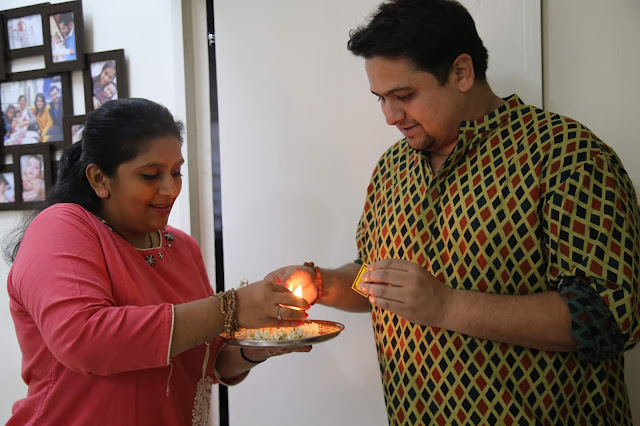
I knocked nervously on the front door on the first floor, and the door opened wide to reveal a white tiled luxurious flat. Jyoti’s son and daughter in law welcomed me in with a bowl of marigolds and candles, daubing my forehead with orange powder and placing a fragrant jasmine flower bracelet on my arm.
Jyoti’s family originally came from the Gujarat region, but moved to Bombay so her food was Gujurati. (Locals don’t call it Mumbai). Grandma was there too, sitting smiling on the ornate blue velvet sofa. I was handed a pink drink, flavoured with rose and fresh coconut, and, snacking on the freshest peanuts boiled in tamarind and salt, in their shells, I was shown around the flat. In one of the bedrooms there was a large swing hanging from the ceiling, held by large metal chains with tiny brass elephants.
They explained ‘It is popular in Gujarat to have an indoor swing’.
On the wall, there was also an elaborate shrine to Shiva. Two tiny figurines were dressed up in mini gold saris.
‘We change their clothes everyday, give flowers, offer prashad (a kind of holy Rice Krispies), and light candles.’
Jyoti took me into the kitchen where she and her servant (everyone has servants in India) taught me how to cook a Gujarati feast. As we cooked we chatted.
‘Every region has its own type of cuisine. Gujurati food is considered very sweet by Indians. We like to combine flavours in the same dish: salt with sweet, tangy with bitter. ‘
After a couple of hours of cooking, the whole family sat down.
The meal was presented on a silver platter with small silver bowls, Thali style. The ‘wet’ curries were ladled into the bowls and the drier curries were spooned onto the tray. We started with two kinds of roti bread, rice comes at the end of the meal. There are a selection of 10 different pickles and chutneys, each home made.
Typical Gujurati dishes include patra, made with colocassia leaves, stacked and folded, spread with chickpea batter, steamed then fried. I had two types of dal, one very simple and the other for special occasions, a kind of royal dal including pistachios, cashews, raisins with chapati dumplings. I had a steamed rice cake, similar to idli, called Khichyu. The colours, flavours and textures were exquisitely unique and very different to eating in an Indian restaurant.
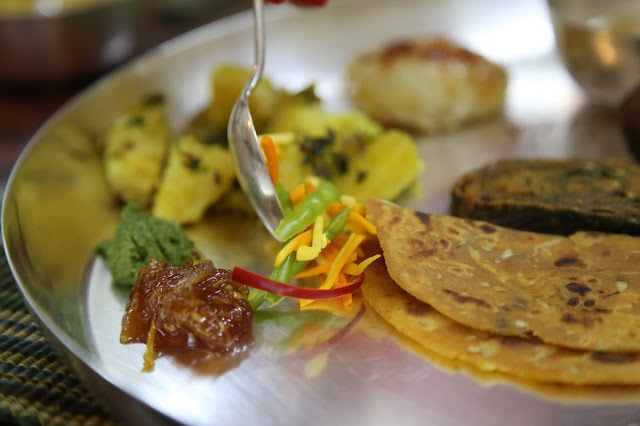
I was taught how to eat Indian style, using the tips of my fingers and the thumb to push the rice into my mouth. I lacked elegance and grandma laughed toothily at my efforts, telling me to stick to a spoon.
Ultimately this is the point of supper clubs, the movement I founded: not only do you get to eat delicious family style food that isn’t served in restaurants, but I discovered more about Indian life in that one afternoon than in a whole month travelling around India.
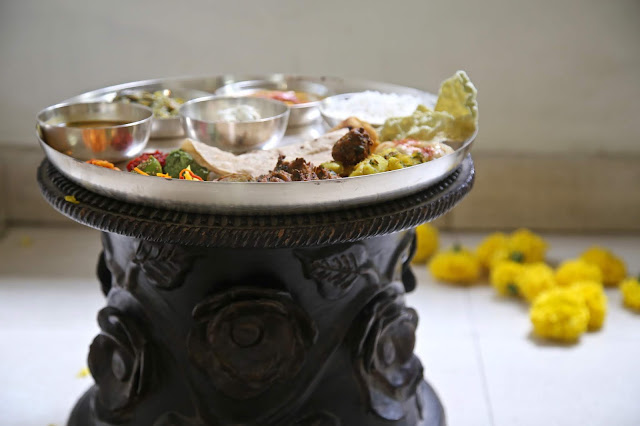
Gujarati Royal Dal for Sunday lunch

Serves 6
For the dal
150g toor dal, rinsed 3 or 4 times
750ml water
1/2 tsp turmeric powder
1/2 tsp Kashmiri chilli powder
1/2 tsp green chilli /ginger Paste
Juice of 1 lime
3 tbsp jaggery
1tbsp sea salt
Handful cashew nuts, chopped
Handful raisins
For tempering
2tbsp ghee
1tsp black mustard seeds1tsp cumin seeds1/2tsp asafoetida
3 cloves2 cinnamon sticks
Handful fresh curry leaves
Fresh coriander to garnish
1 chapati, cut into diamond shapes
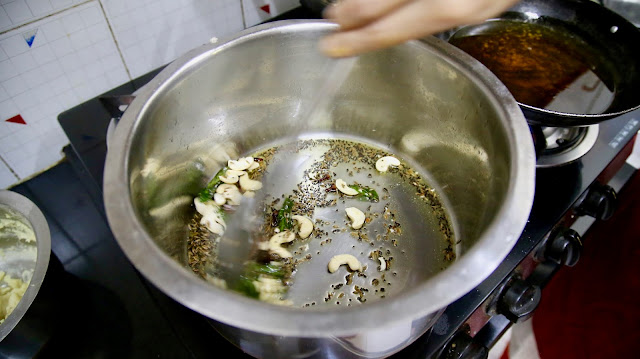
In a large saucepan, combine the water and dal and boil until tender. Remove from heat and beat it until smooth.
Add turmeric, chilli, green chilli/ ginger paste, lime juice, jaggery, salt and boil for 5 to 10 minutes. If it’s too thick, add water.
In a frying pan, fry the cashew nuts until golden, set aside, repeat with the raisins. Add to the beaten dal.
For the tempering: heat up the ghee then add black mustard seeds, cumin seeds and asafoetida, then cloves and cinnamon. Add curry leaves in the end for just a few seconds and then pour the tempering over the dal. Add the chapati, one by one. When they float, the dal is done.
Serve hot, garnished with fresh coriander leaves.

My next supper club is a Roman themed Saturnalia, 15th December.Click to Book

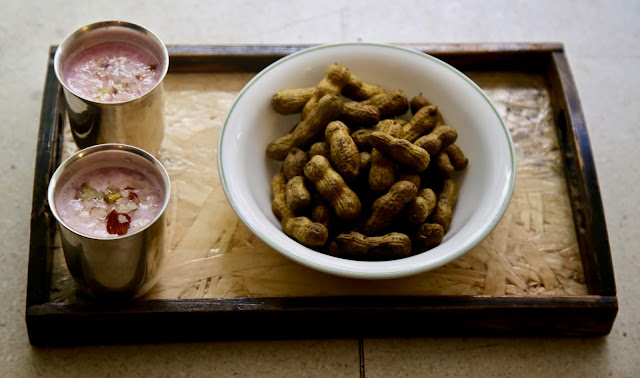
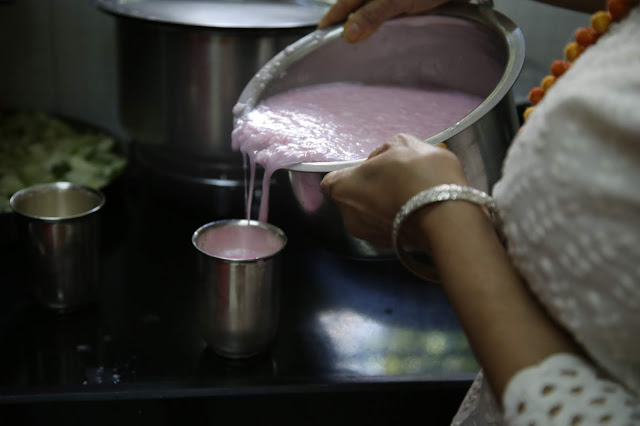
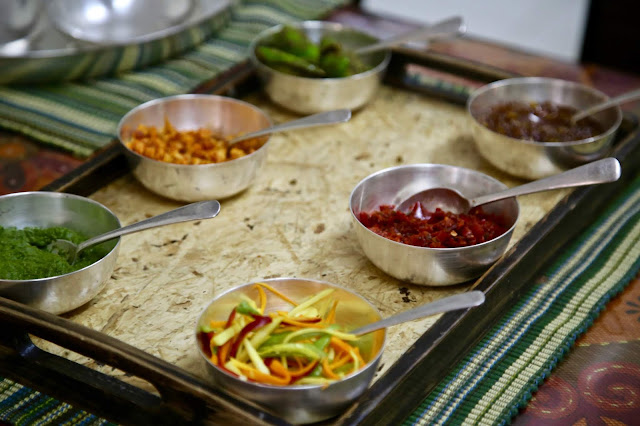




Hi any more happening?
In Bombay? I don’t know- contact them